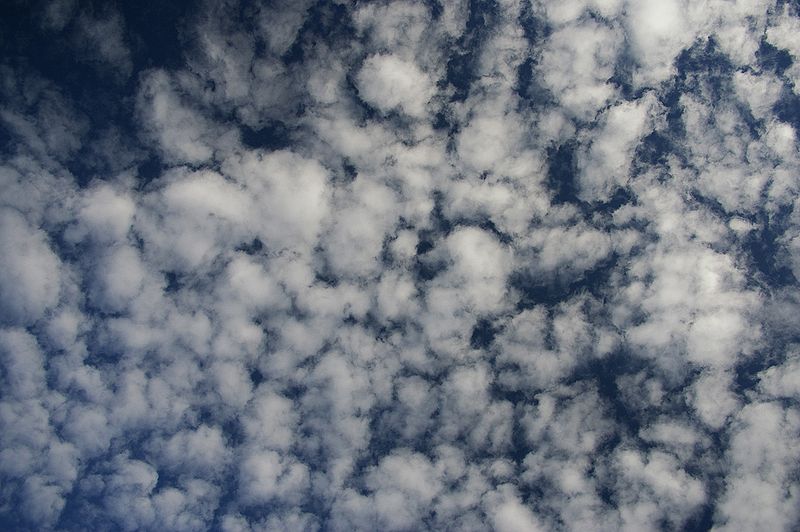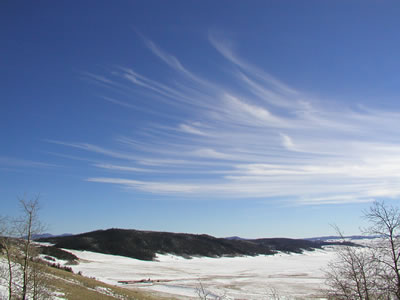Altostratus clouds form when a rising air mass condenses when in contact with a weather front.
They are often thin and allow sunlight through.They form in a layer.
Altocumulus clouds form the same way as Altostratus do but in a different appearance.
They are thicker in altitude and do not allow light through.Both cloud types can cover thousands of square kilometres.
Altostratus

(eo.edcar.edu)
Altocumulus

(wikipedia)



